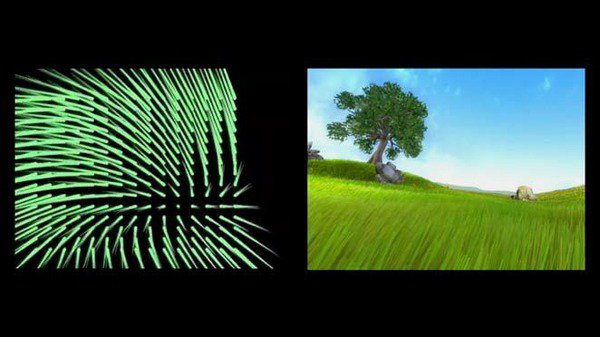Harun Farocki
dal 14/1/2014 al 14/1/2014
Segnalato da
14/1/2014
Harun Farocki
Galerie Thaddaeus Ropac - Marais, Paris
Parallele. For the first time, the Paris exhibition features Farocki's new four-part Parallele I-IV (2012-14), which the artist has been working on for the past two years.

Galerie Thaddaeus Ropac presents its fourth solo exhibition by Harun Farocki (b 1944), video artist and
essay film-maker living in Berlin.
In 2007, Harun Farocki, whose work has had a decisive influence on the history of the political film since
the late 1960s, was the first artist and film-maker featured at Galerie Thaddaeus Ropac. Besides over 100
productions made for television and cinema, Farocki – curator, long-time author and editor of the
magazine Filmkritik, and visiting professor at Berkeley, Harvard and Vienna – has set out his reflections on
the relation between society, politics and the moving picture. His importance in the visual arts is reflected
in retrospectives of his films in institutions such as Tate Modern/London, and solo exhibitions in the
MUMOK [Museum of Modern Art]/Vienna, Jeu de Paume/Paris, Museum Ludwig/Cologne and more
recently in the Kunsthaus/Bregenz. The significance of his films and installations is demonstrated not
least through his participation in the documenta in 1997 and 2007, as well as in the Venice Biennale this
year.
For the first time, the Paris exhibition features Farocki's new four-part Parallele I-IV (2012-14), which the
artist has been working on for the past two years. It coincides with a solo exhibition at the National
Gallery in Berlin (Hamburger Bahnhof), which will be held from 5 February to the end of July.
The question of how technologically produced images influence and define our social and political
spheres, our consciousness and our habits, has been a leitmotiv in Farocki's work for many years. In his
new cycle, Farocki describes the 30-year-long developmental history of computer graphics, with a special
focus on the aspect of animation. The work is based on the assumption that we live in technologically
produced image worlds, which Farocki characterises as ideal-typical. It seems that soon reality will no
longer be the criterion for the imperfect image, but rather the virtual image will be the criterion for
imperfect reality.
"The four-part cycle Parallele deals with the image genre of computer animation. Computer animations
are currently becoming a general model, surpassing film. In films, there is the wind that blows and the
wind that is produced by a wind machine. Computer images do not have two kinds of wind.
Parallele I opens up a history of styles in computer graphics. The first games of the 1980s consisted of
only horizontal and vertical lines. This abstraction was seen as a failing, and today representations are
oriented towards photo-realism.
Parallele II and III seek out the boundaries of the game worlds and the nature of the objects. It emerges
that many game worlds take the form of discs floating in the universe – reminiscent of pre-Hellenistic
conceptions of the world. The worlds have an apron and a backdrop, like theatre stages, and the things in
these games have no real existence. Each of their properties must be separately constructed and
assigned to them.
Parallele IV explores the heroes of the games, the protagonists whom the respective players follow
through 1940s L.A., a post-apocalyptic, a Western or other genre worlds. The heroes have no parents or
teachers; they must find the rules to follow of their own accord. They hardly have more than one facial
expression and only very few character traits which they express in a number of different if almost
interchangeable short sentences. They are homunculi, anthropomorphous beings, created by humans.
Whoever plays with them has a share in the creator's pride." (Harun Farocki)
To mark Harun Farocki's 70th birthday this year, as well as the monographic exhibition in Paris and Berlin,
Walter Koenig is publishing the book Harun Farocki, Diagrams, which for the first time approaches
Farocki's work through the specific disposition of images – stills from a total of 15 films and installations.
Opening on Wednesday 15 January 2014, 6:30pm - 8pm
Galerie Thaddaeus Ropac
7, rue Debelleyme 75003 Paris
Open: Tuesday – Saturday, 10am to 7pm
Admission free



